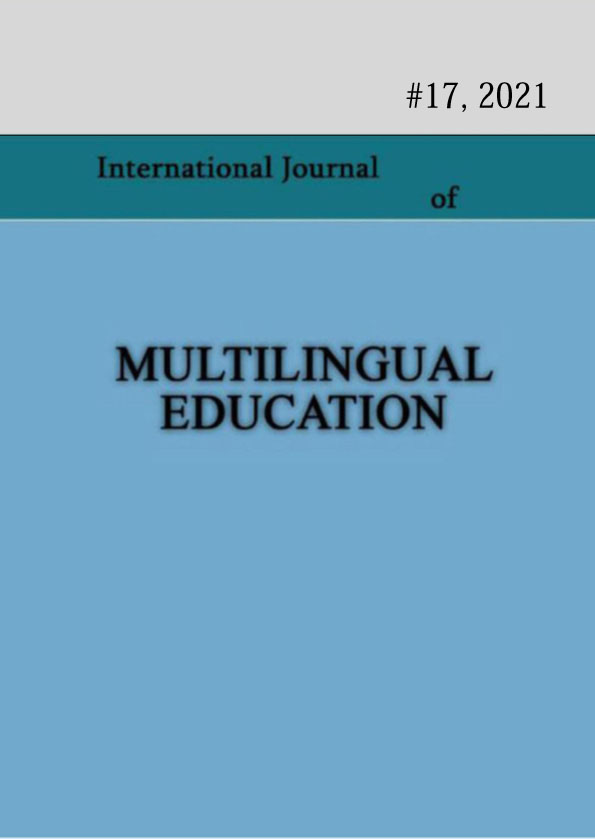Reconsidering Monolingual Strategies of Bilingual Education through Translanguaging and Plurilingual Educational Approaches. Are We Moving Back or Forward?
Keywords:
Translanguaging, Bilingual Education, Georgia, Monolingual and Multilingual ApproachesAbstract
This study explores monolingual and multilingual strategies in bilingual education by investigating translanguaging practices in the Georgian monolingual Content and Language Integrated Learning (CLIL). Two research questions guided this research: (1)
What Translanguaging practices do teachers use in the CLIL Natural Science program with a monolingual approach? (2) What is the rationale for teachers’ translanguaging pedagogical approaches in monolingual Natural Science lessons in the CLIL? The study
utilized a classroom observation qualitative research method to answer the designed research questions. The findings reveal that the planned and implemented curricula differ considerably. The translanguaging approach is more emergent instruction rather
than a well-planned and organized process. Second, teachers use translanguaging in scaffolding to support students and explain new teaching materials to be comprehensible. Third, translanguaging makes the instruction more student-centred. when switching to translanguaging, students become more active and more actively engaged in the learning process Fourth, translanguaging in the Georgian separated CLIL model is a more spontaneous strategy derived from classroom dynamics than planned to support learners’ linguistic repertoire. Accordingly, it can be characterized as one of the pedagogical practice of translanguaging, codeswitching, rather than translanguaging itself. Finally, translanguaging is an instrument for teachers’ empowerment.
Published
How to Cite
Issue
Section
License

This work is licensed under a Creative Commons Attribution-ShareAlike 4.0 International License.

